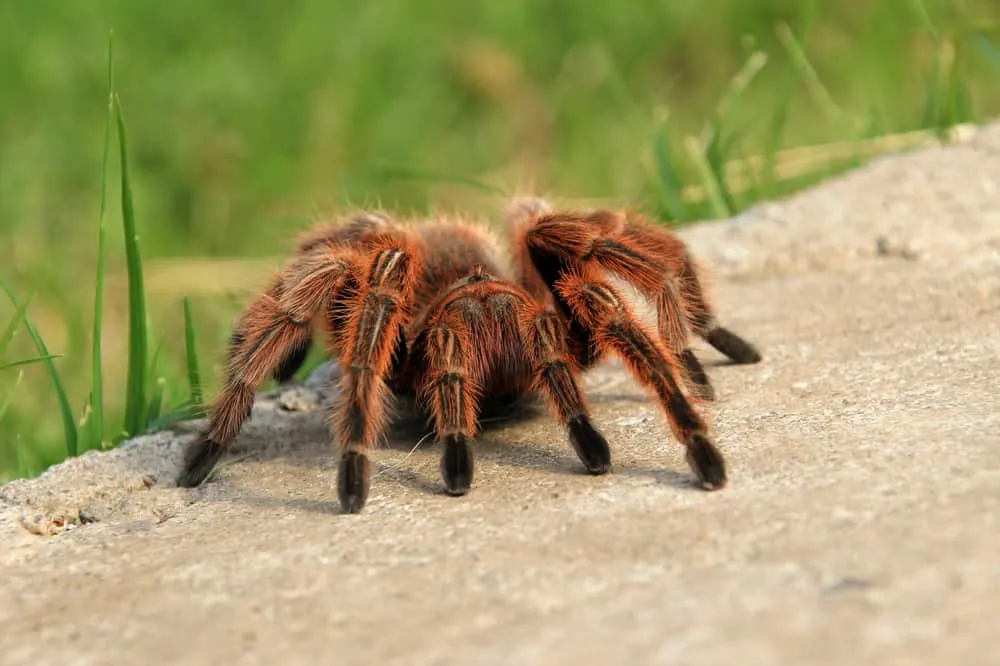What is a Chilean Rose Tarantula?
The Chilean Rose Tarantula, scientifically known as Grammostola rosea, is a popular pet tarantula prized for its docile nature, relatively low maintenance, and attractive appearance. Native to the semi-arid regions of Chile, Bolivia, and Argentina, this arachnid has gained considerable popularity among both novice and experienced tarantula keepers. Their gentle disposition and the availability of captive-bred specimens make them an ideal choice for those new to the hobby. Understanding the characteristics of this species is crucial to providing proper care and ensuring the tarantula’s well-being. This article will delve into the fascinating world of the Chilean Rose Tarantula, exploring its key features, care requirements, and some intriguing facts.
Appearance and Characteristics
Chilean Rose Tarantulas are known for their beautiful coloration, which can vary depending on the individual tarantula. Their carapace, the shell-like structure covering the cephalothorax, typically exhibits a rich, bronze hue. The legs and abdomen are covered in a dense coat of hairs, often appearing in shades of pink, rose, or tan, giving them their common name. The overall appearance is robust, with a well-proportioned body and strong legs adapted for both walking and climbing. The chelicerae, the mouthparts, are also prominent and used for grasping and injecting venom into their prey. They also have spinnerets at the end of their abdomen used for producing silk.
Size and Lifespan
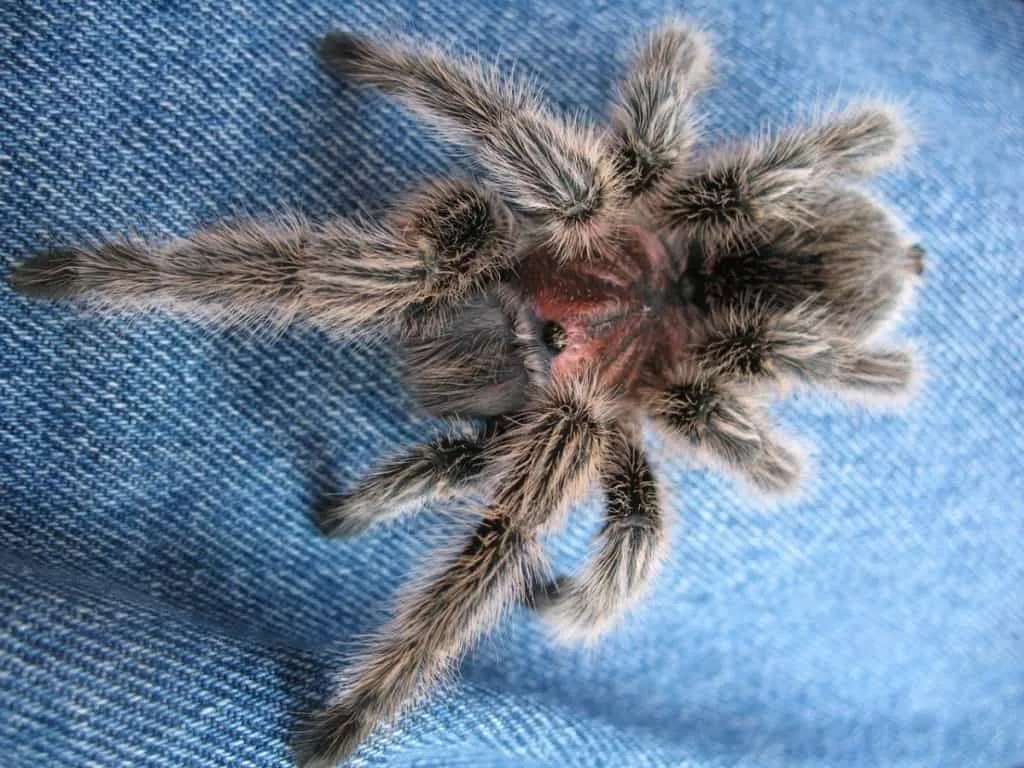
The size of a Chilean Rose Tarantula can vary, but females typically reach a leg span of 5 to 6 inches (13 to 15 cm) when fully grown, while males are often slightly smaller. Their growth rate is moderate, and it can take several years for them to reach maturity. One of the most appealing aspects of keeping a Chilean Rose Tarantula is its impressive lifespan. Females can live for an exceptionally long time, often exceeding 10-20 years, making them a long-term commitment for any pet owner. Males, unfortunately, have a much shorter lifespan, typically only living for a few years after reaching maturity.
Origin and Habitat
In their natural habitat, Chilean Rose Tarantulas are found in the arid and semi-arid regions of Chile, Bolivia, and Argentina. They are ground-dwelling spiders that live in burrows or beneath rocks and logs, using their silk to line their homes. These tarantulas prefer a dry climate and moderate temperatures. Their habitat often includes sparse vegetation and rocky terrain. Understanding their natural environment is important for replicating it in captivity, which will contribute to their overall health. Providing a suitable environment can also promote a more relaxed and less stressed tarantula, resulting in a more rewarding pet ownership experience.
Top 5 Amazing Facts About Chilean Rose Tarantulas
Docile Nature
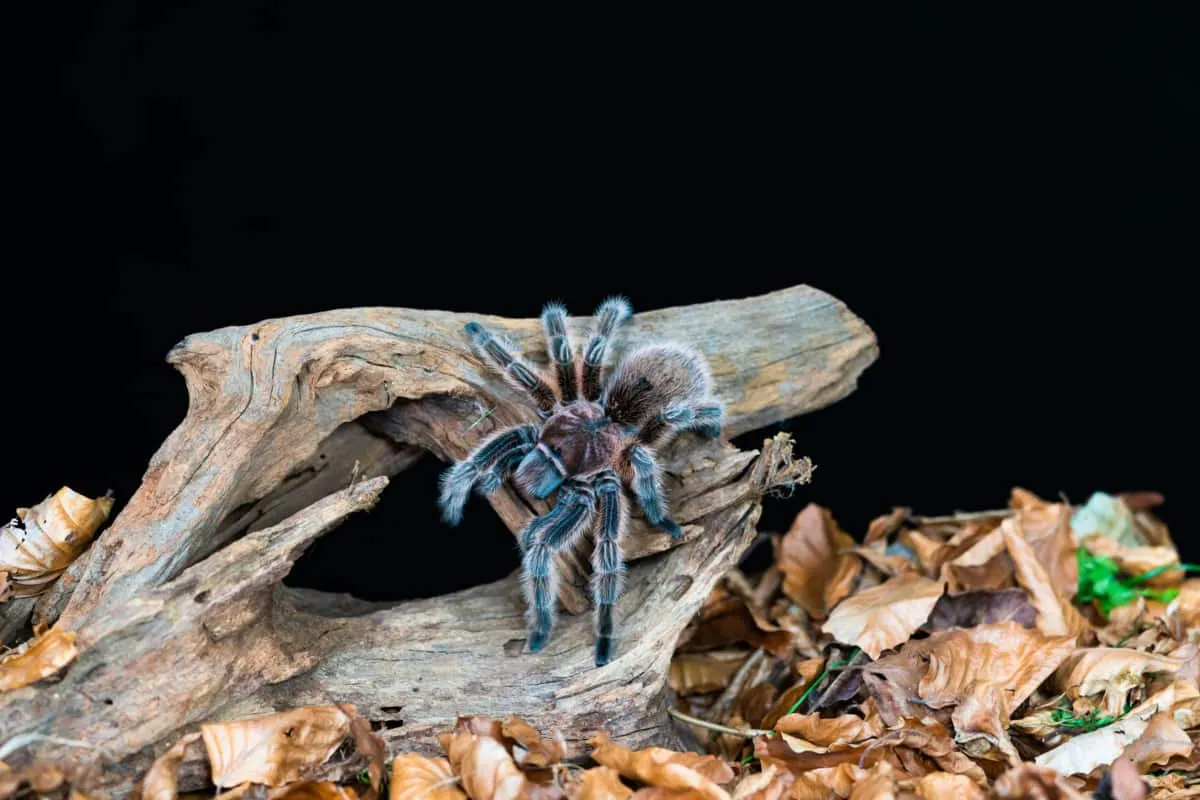
One of the most remarkable facts about Chilean Rose Tarantulas is their generally docile temperament. While all tarantulas possess venom, the Chilean Rose Tarantula is known to be less aggressive than many other species. They are often described as being calm and tolerant, making them a good choice for beginner tarantula keepers. However, it is essential to remember that they are still wild animals, and caution should always be exercised when handling them. Sudden movements or perceived threats can still cause them to react defensively, although bites are rare.
Easy to Care For
Chilean Rose Tarantulas are relatively low-maintenance pets, making them an excellent choice for individuals who may not have extensive experience with exotic animals. Their care requirements are straightforward, involving providing a suitable enclosure, appropriate substrate, a consistent food supply, and monitoring humidity and temperature levels. This ease of care allows keepers to focus on observing and appreciating these fascinating creatures without the intense time commitment needed for more demanding species. The simplicity of their care makes it possible for both children and adults to learn and appreciate the wonders of the arachnid world.
Longevity
As mentioned previously, the longevity of Chilean Rose Tarantulas is truly amazing, particularly for females. The extended lifespan means that owning one can be a long-term commitment, providing years of companionship and enjoyment. Witnessing a tarantula grow and mature over such a long period is an incredible experience. This longevity also means that the tarantula can become a part of the family for many years. When considering a Chilean Rose Tarantula, it is essential to understand and be prepared for this long-term responsibility.
Unique Colors
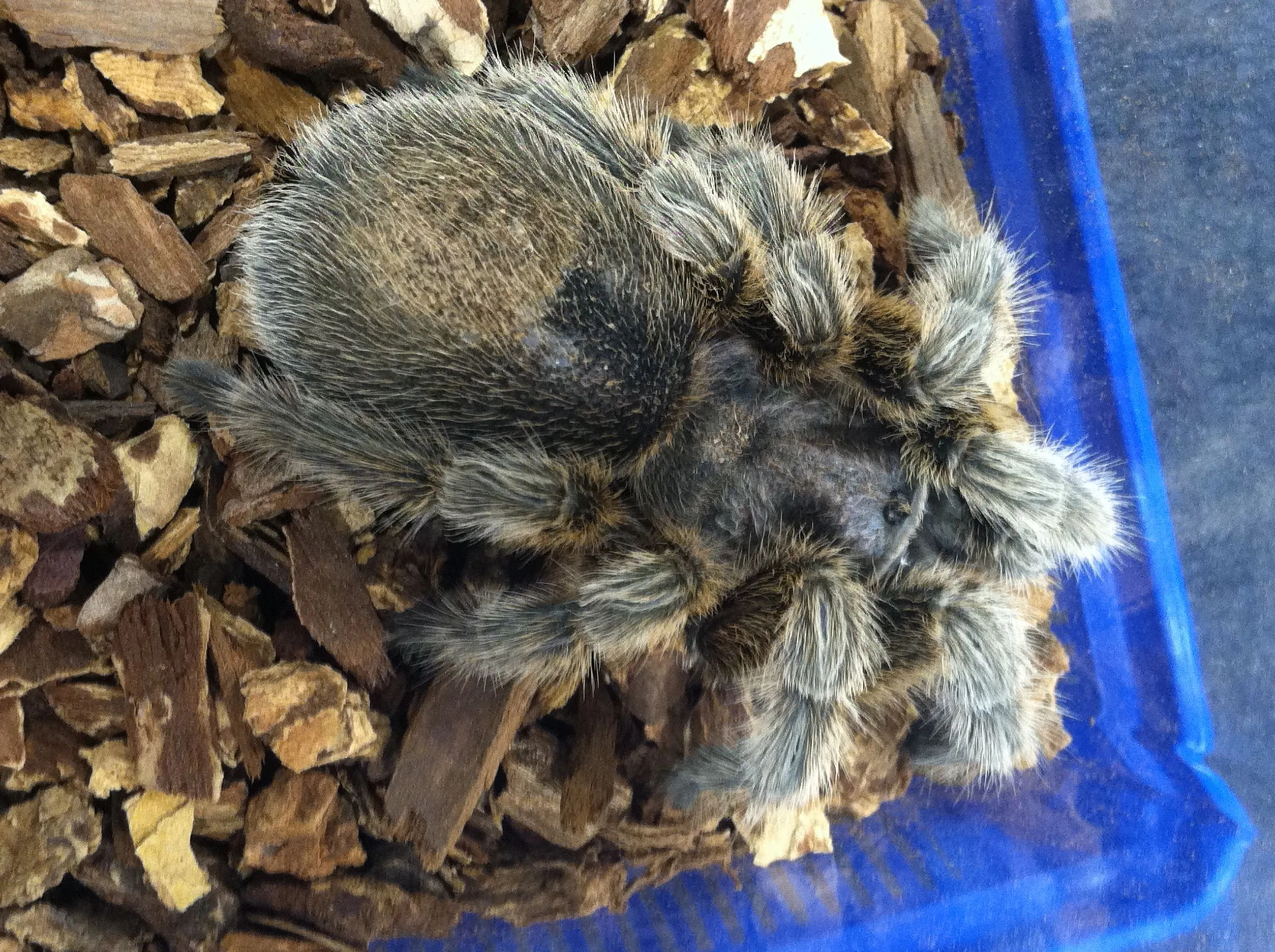
The varying colors of Chilean Rose Tarantulas add to their appeal. While the rose or pink hues are most commonly associated with the species, individual tarantulas can display a range of colors, including tan, brown, and bronze. These subtle variations can make each tarantula unique. The colors can intensify or shift depending on the tarantula’s age, molting cycle, and even the ambient temperature and humidity. The combination of colors, coupled with their hairy bodies, makes them a visually interesting species for many enthusiasts.
Nocturnal Habits
Chilean Rose Tarantulas are primarily nocturnal creatures, meaning they are most active during the night. During the day, they typically remain hidden in their burrows or beneath objects. This nocturnal behavior is an adaptation to their natural environment, where they seek to avoid the heat of the day and reduce the risk of predation. Observing a Chilean Rose Tarantula become active at night is an engaging experience for keepers. Providing a dim, quiet environment during the day can help the tarantula feel secure and thrive.
Chilean Rose Tarantula Behavior and Temperament
Handling and Interaction
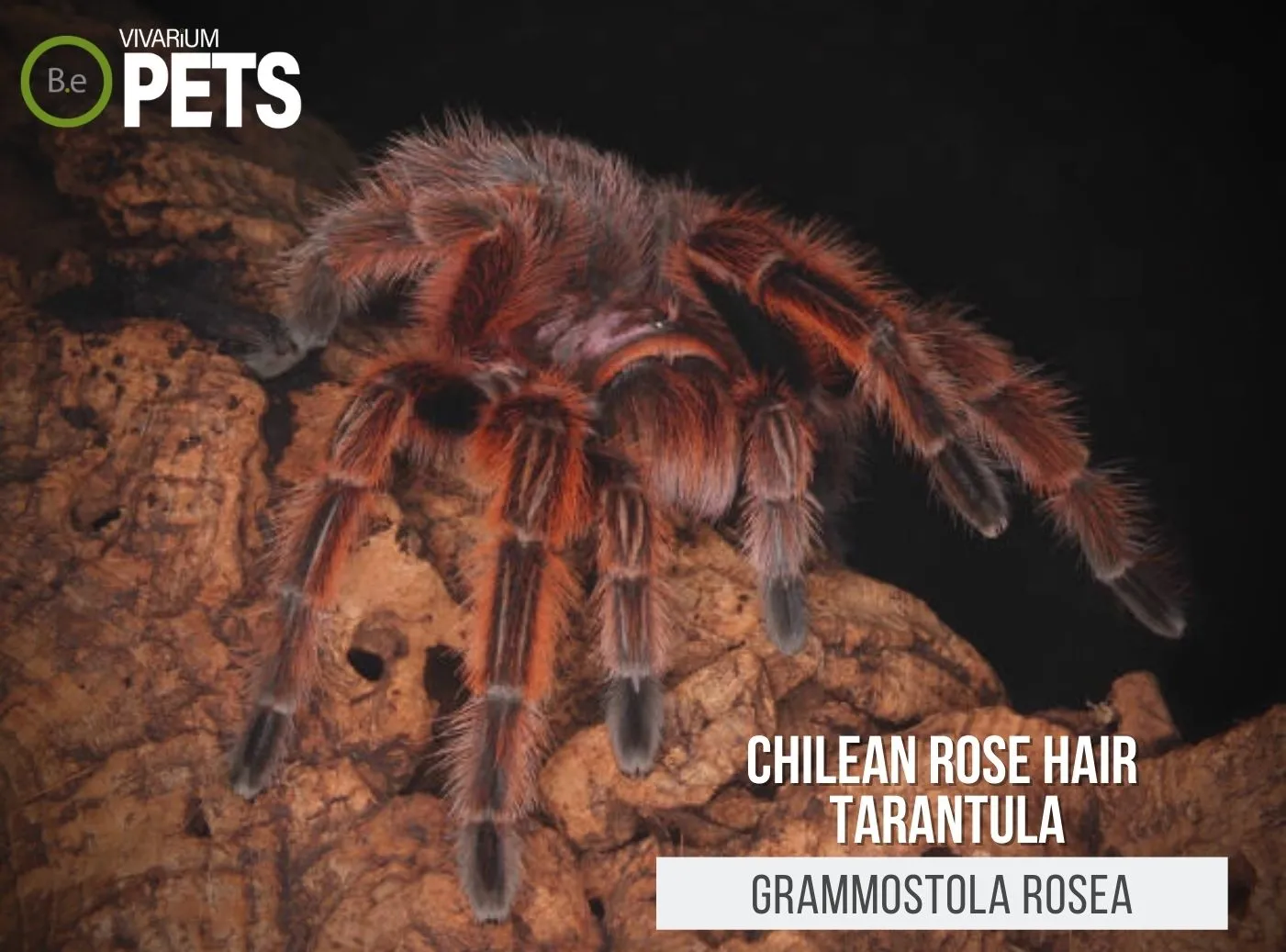
While Chilean Rose Tarantulas are known for their docile nature, it is important to handle them with care and respect. Handling should be kept to a minimum, as it can stress the tarantula. If handling is necessary, do so gently and over a soft surface to prevent injury if the tarantula falls. Some keepers enjoy the experience of handling their tarantulas, while others prefer to simply observe them in their enclosures. Always wash your hands before and after handling and avoid any strong scents, which could irritate the tarantula.
Defensive Mechanisms
Like all tarantulas, the Chilean Rose Tarantula has defensive mechanisms. They can flick urticating hairs from their abdomen when threatened, which can cause irritation to the skin and eyes. They may also bite if they feel threatened, though bites are uncommon with this species. Understanding their defensive behaviors is key to responsible care and interaction. The urticating hairs can also be inhaled and cause respiratory irritation, so it’s important to handle them with caution, especially if you have allergies. Additionally, providing a secure and comfortable enclosure helps reduce the likelihood of defensive behaviors.
Chilean Rose Tarantula Care Guide
Enclosure Requirements
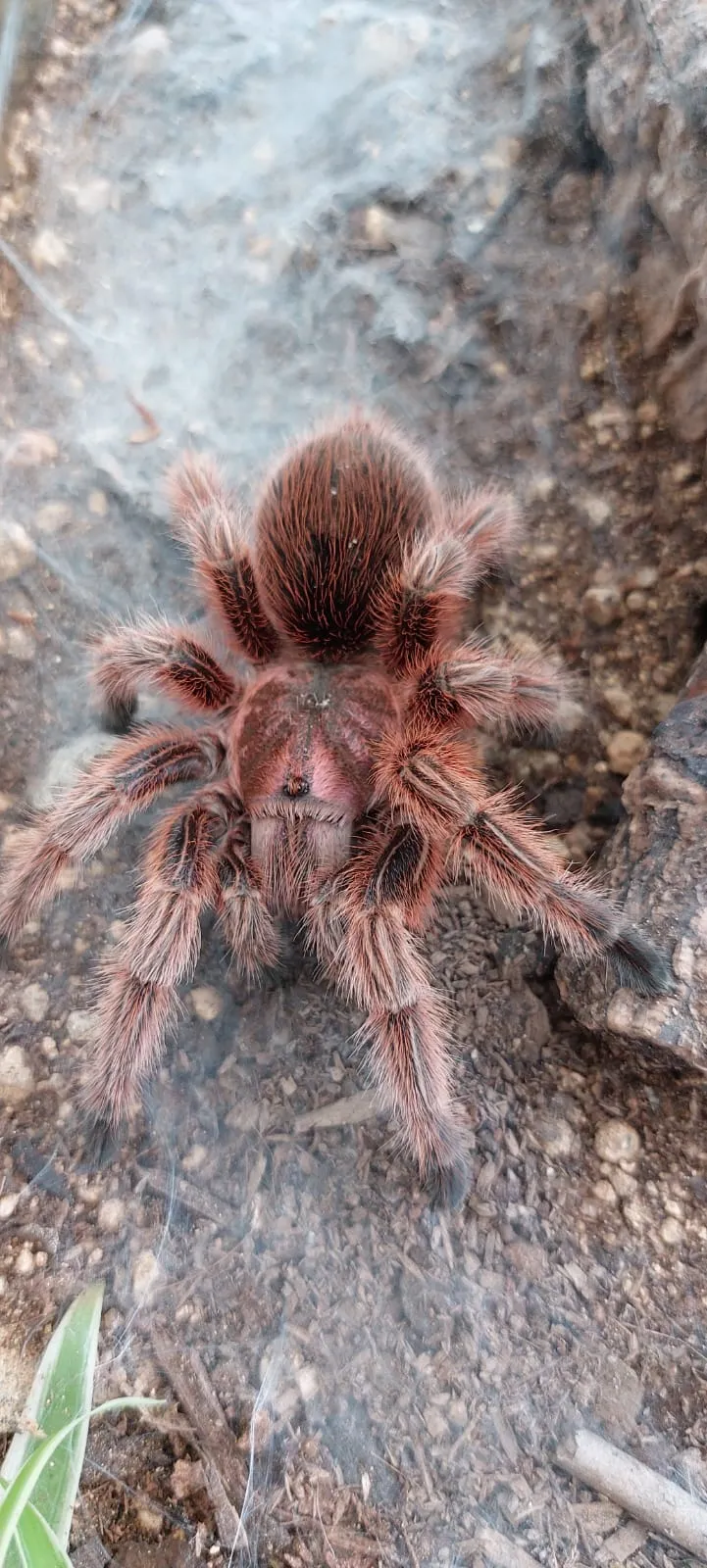
Choosing the right enclosure is essential for the well-being of a Chilean Rose Tarantula. A 10-gallon tank is suitable for juveniles, while adults will need a 15-20 gallon tank or larger. The enclosure should be escape-proof, with a secure lid to prevent the tarantula from escaping. The enclosure should provide enough floor space for the tarantula to move around and explore. Ventilation is essential, so make sure there are air vents in the enclosure, but these should be small enough to prevent the tarantula from escaping. The environment needs to be easy to clean and maintain, providing the tarantula with a safe and comfortable habitat.
Substrate and Furnishings
The substrate provides a comfortable surface for the tarantula to walk on, and it also helps to maintain the appropriate humidity level. A mix of substrate, such as coco fiber, peat moss, and vermiculite, is recommended. This type of mix provides a good balance of moisture retention and drainage. The substrate should be several inches deep to allow the tarantula to burrow if it desires. Furnishings such as a hide, a water dish, and some artificial or natural plants can also be added to the enclosure to provide enrichment and make the tarantula feel more secure. The hides can be made from cork bark, half logs, or commercially available tarantula hides.
Temperature and Humidity
Chilean Rose Tarantulas thrive in a temperature range of 70-85°F (21-29°C). A heat mat placed on the side of the enclosure can help to maintain this temperature range, but it is important to avoid placing it directly under the enclosure, as this can overheat the substrate. The humidity level should be maintained at around 60-70%. This can be achieved by misting the enclosure with water every few days. A hygrometer can be used to monitor the humidity level, and a water dish should always be available for drinking and to help keep humidity levels up. It is important to avoid extremes of temperature or humidity to prevent health problems.
Feeding and Diet

Feeding your Chilean Rose Tarantula is a relatively simple process. They primarily feed on insects, with crickets, mealworms, and cockroaches being the most common food items. The size of the insects should be appropriate for the size of the tarantula; it is generally recommended that the prey item be no larger than the tarantula’s body. Feeding frequency depends on the tarantula’s age and size, but adults typically need to be fed once or twice a week. It is important to remove any uneaten food items after 24 hours to prevent mold and mites. Always provide fresh water in a shallow dish.
Watering and Hydration
Providing fresh water is essential for the health of your Chilean Rose Tarantula. A shallow water dish should always be available, and the water should be changed regularly to keep it clean. You can also mist the enclosure with water, especially during the molting period, to increase humidity. It is important to avoid over-misting the enclosure, as this can lead to mold growth. The water dish should be shallow enough to prevent the tarantula from drowning, and the water should be free of chlorine. Providing clean water and keeping the humidity levels correct helps maintain healthy and hydrated tarantulas.
Health and Common Issues
Molting Process
Molting is a natural process for tarantulas where they shed their exoskeleton to grow. During molting, the tarantula will typically stop eating and may become lethargic. They will often flip onto their backs during the molting process. It is crucial to avoid disturbing the tarantula during this time. The molting process can take several hours to days. After molting, the tarantula’s new exoskeleton will be soft, and it will be vulnerable. Do not feed the tarantula until its exoskeleton has fully hardened, which can take up to a week.
Common Health Problems
While Chilean Rose Tarantulas are generally hardy, they can be susceptible to certain health problems. Common issues include mites, fungal infections, and injuries. Mites can be prevented by maintaining a clean enclosure and regularly changing the substrate. Fungal infections can be caused by excessive humidity, so monitoring humidity levels is vital. If a tarantula is injured, it is essential to provide appropriate care, which may involve isolating the tarantula in a clean environment. Seeking advice from a veterinarian experienced with invertebrates is recommended if you are concerned about your tarantula’s health.
Breeding Chilean Rose Tarantulas
Mating and Egg Sacs
Breeding Chilean Rose Tarantulas can be a rewarding experience for experienced keepers. The process begins with introducing a mature male tarantula to a mature female in a controlled environment. If the female is receptive, mating will occur, and the male will quickly depart to avoid being cannibalized. The female will then lay eggs, which she will encase in a silk egg sac. The egg sac can contain hundreds of eggs, depending on the female’s size and maturity. The process requires knowledge, attention, and understanding of the behaviors involved.
Raising Spiderlings
Once the eggs hatch, the spiderlings will emerge from the egg sac. Raising spiderlings requires meticulous care, including providing a suitable enclosure with appropriate humidity and temperature. The spiderlings will need to be fed tiny prey items such as fruit flies or pinhead crickets. They will grow and molt several times before reaching maturity. Separating the spiderlings into individual enclosures can reduce cannibalism. Providing proper care and attention during this period is important to ensure the survival and well-being of the young tarantulas. The keeper must be prepared for the commitment and have the necessary space.
